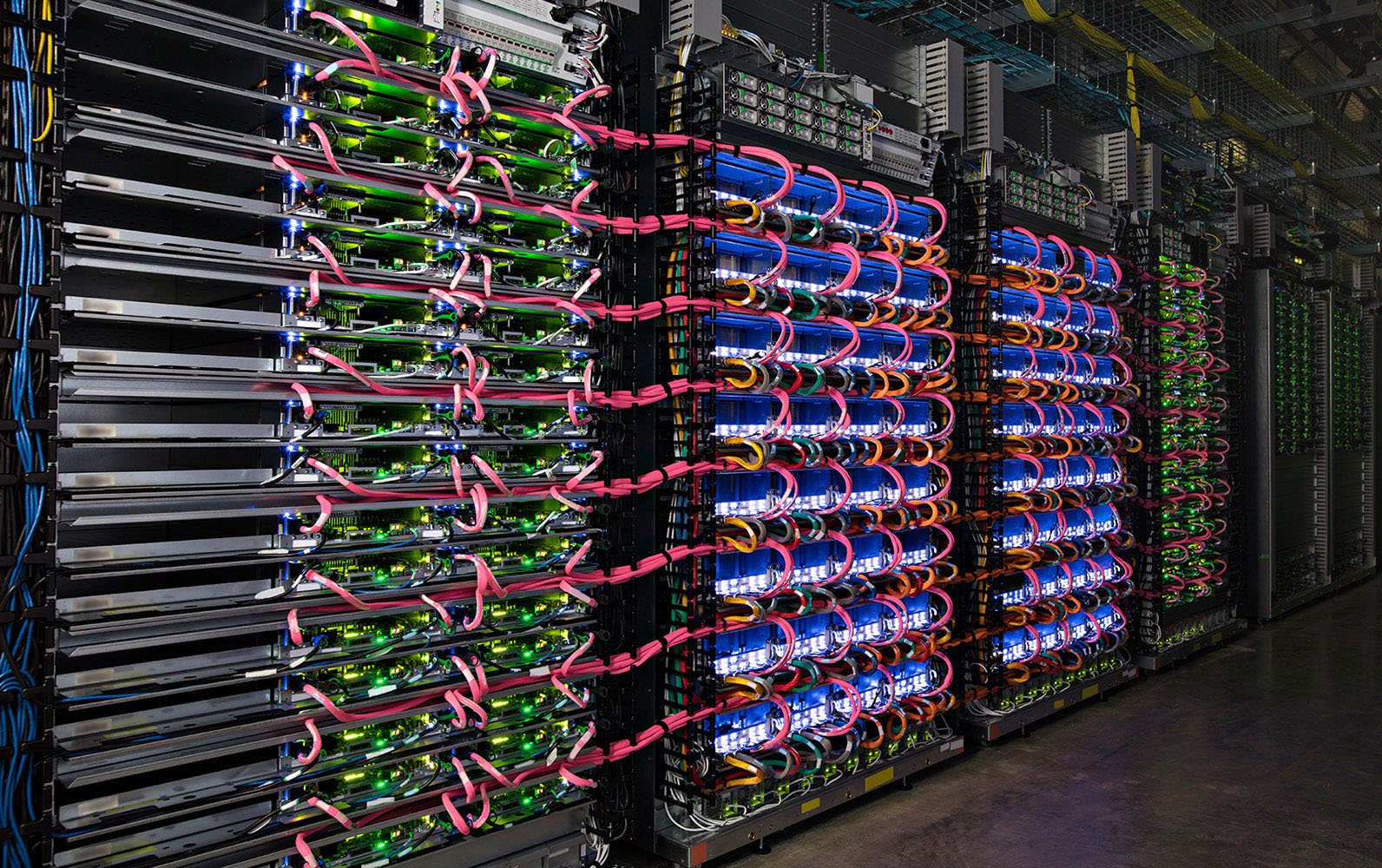
Semidynamics Revolutionizes AI Design with New All-In-One Architecture
Semidynamics, a trailblazer in AI innovation from Europe, has unveiled its groundbreaking Tensor Unit efficiency data for the new All-In-One AI IP that seamlessly operates with the LlaMA-2 7B-parameter Large Language Model (LLM). This architecture promises to redefine AI application performance while drastically simplifying development processes.
 Groundbreaking architecture transforming AI development.
Groundbreaking architecture transforming AI development.
A Shift in AI Architecture
Traditional AI design typically relies on three distinct computing elements: a Central Processing Unit (CPU), a Graphical Processing Unit (GPU), and a Neural Processor Unit (NPU). Semidynamics’ CEO, Roger Espasa, articulated the challenges faced in conventional architectures, noting that they often necessitate DMA-intensive programming—not only a slow and complicated process but also notoriously prone to errors. The fragmented architecture requires integrating various software stacks, leading to increased energy consumption and higher development costs.
Espasa stated, > “Our new architecture is DMA-free, uses a single software stack based on ONNX and RISC-V, and offers direct, zero-latency connectivity between the three elements.” This innovative design integrates a RISC-V core, a Tensor Unit (acting as an NPU), and a Vector Unit (serving as a GPU) into one scalable processing element. This consolidation allows for remarkable performance, reduced power requirements, and a streamlined programming environment.
Harnessing the Power of Large Language Models
As AI continues to evolve, Large Language Models like LlaMA-2 have become vital for various applications. A significant portion of this computation revolves around self-attention layers, which require multiple matrix multiplications and activation functions. In Semidynamics’ solution, the Tensor Unit manages matrix multiplications, while the Vector Unit efficiently handles the necessary data transformations, effectively removing latency issues and energy waste associated with data transfers.
 Efficient tensor processing for optimal performance.
Efficient tensor processing for optimal performance.
To ensure that both the Tensor and Vector Units operate at peak efficiency, Semidynamics has introduced its Gazzillion™ Misses technology. This innovative approach allows for substantial in-flight cache misses, enabling the pre-fetching of data for enhanced resource utilization. By supporting a myriad of in-flight misses, data management surpasses traditional limits, thus streamlining operations for both processing units.
Demonstrating Performance Efficiency
Semidynamics conducted extensive tests on the LlaMA-2 model, focusing on the utilization of its Tensor Unit during matrix multiplications. The results reveal an impressive consistency, with utilization rates exceeding 80% for various matrix configurations. These results were noted under demanding conditions, such as computing with a batch size of one, highlighting the robustness of this architecture when faced with real-world challenges.
Furthermore, the unit’s performance maintained a stable efficiency above 70% across varying matrix sizes, indicating that the Gazzillion technology effectively sustains a high streaming data rate between the main memory and the processing unit. This reliability underscores the transformative potential of this architecture in future AI applications.
 Testing performance efficiency of the LlaMA-2 model.
Testing performance efficiency of the LlaMA-2 model.
A Programmers’ Paradise
The All-In-One AI IP not only delivers exceptional performance but also considerably simplifies the programming landscape. Developers can now utilize a single software stack, eliminating the need to navigate through multiple systems. This pivotal change enables developers to focus on innovation rather than being bogged down by complex integration issues. Semidynamics emphasizes that the streamlined approach increases programmer productivity and reduces overall integration complexity in SOE designs.
Espasa remarked on the significance of this development: > “Our solution represents a big step forward in programmer friendliness and ease-of-integration.” This newfound programming efficiency will allow Semidynamics’ customers to pass enhanced capabilities to their users and developers alike.
Future-Proofing AI Solutions
One of the standout advantages of Semidynamics’ architecture is its resilience to shifts in AI algorithms and computing workloads. This adaptability is crucial for customers embarking on silicon projects that may take several years to reach marketable states. With the confidence that their AI intellectual property will remain pertinent despite future technological advancements, companies have a unique security net in their investment.
 Scalable technology designed for future innovations.
Scalable technology designed for future innovations.
In conclusion, Semidynamics’ All-In-One AI IP marks a significant milestone in AI technology, promising not just improved performance metrics but also enhanced ease of development. As the AI landscape continues to evolve, this architecture heralds a new era of adaptability and efficiency, ensuring that developers have the tools they need to flourish in an increasingly competitive field.
For more details about Semidynamics and their innovative solutions, visit their website.















